甲基三辛基氯化铵,Methyltrioctylammonium chloride
产品编号:BJHY-69485| CAS NO:5137-55-3| MDL NO:MFCD00011862| 分子式:C25H54ClN; [CH3 (CH2 )6CH2 ]3N(Cl)CH3| 分子量:404.16
本网站销售的所有产品仅用于工业应用或者科学研究等非医疗目的,不可用于人类或动物的临床诊断或者治疗,非药用,非食用,
| 产品名称 | 甲基三辛基氯化铵 |
|---|---|
| 英文名称 | Methyltrioctylammonium chloride |
| CAS编号 | 5137-55-3 |
| 产品熔点 | -20°C |
| 产品沸点 | 240°C |
| 产品密度 | 0.884 g/mL at 25 °C(lit.) |
| 产品闪点 | >230 °F |
| 精确质量 | 403.394470 |
| LogP | 5.51850 |
| 外观性状 | 黏的无色至淡橙色液体 |
| 折射率 | n20/D 1.4665(lit.) |
| 溶解性 | 水溶性:实际上不溶;水溶解度:6 g/l 30 °C;可溶于:甲醇,苯,氯仿 |
| 稳定性 | 1.常温常压下稳定,前橘黄色液体。 2.有刺激性。 |
| 储存条件 | 避光,阴凉干燥处,密封保存 |
相关文档
化学品安全说明书(MSDS)
下载MSDS质检证书(COA)
相关产品
| 危害码 (欧洲) | Xn:Harmful |
|---|---|
| 风险声明 (欧洲) | R22;R38;R41;R50/53 |
| 安全声明 (欧洲) | S26-S39-S60-S61 |
| 危险品运输编码 | UN 2810 6.1/PG 3 |
| WGK德国 | 3 |
| RTECS号 | UZ2997500 |
| 包装等级 | III |
| 危险类别 | 6.1 |
| 海关编码 | 2827101000 |
Synonym:Methyltrioctylammonium chloride, Tricaprylylmethylammonium chloride; n-methyl-n,n-dioctyl-1-octanaminium chlorid Section 2 - COMPOSITION, INFORMATION ON INGREDIENTS
Risk Phrases: 22 36/38 41 Section 3 - HAZARDS IDENTIFICATION EMERGENCY OVERVIEW
Harmful if swallowed. Irritating to eyes and skin. Risk of serious damage to eyes.Hygroscopic (absorbs moisture from the air).Toxic. Potential Health Effects Eye: May result in corneal injury. Causes severe eye irritation and possible burns. Skin: May cause severe irritation and possible burns. Ingestion: Harmful if swallowed. May cause severe gastrointestinal tract irritation with nausea, vomiting and possible burns. Inhalation: May cause severe respiratory tract irritation and possible burns. Harmful if inhaled. Chronic: Prolonged or repeated skin contact may cause dermatitis. Section 4 - FIRST AID MEASURES Eyes: Get medical aid immediately. Do NOT allow victim to rub eyes or keep eyes closed. Extensive irrigation with water is required (at least 30 minutes). Skin: Get medical aid immediately. Immediately flush skin with plenty of water for at least 15 minutes while removing contaminated clothing and shoes. Wash clothing before reuse. Destroy contaminated shoes. Ingestion: Do not induce vomiting. If victim is conscious and alert, give 2-4 cupfuls of milk or water. Never give anything by mouth to an unconscious person. Get medical aid immediately. Wash mouth out with water. Inhalation: Get medical aid immediately. Remove from exposure and move to fresh air immediately. If breathing is difficult, give oxygen. Do NOT use mouth-to-mouth resuscitation. If breathing has ceased apply artificial respiration using oxygen and a suitable mechanical device such as a bag and a mask. Notes to Physician: Antidote: None reported. Section 5 - FIRE FIGHTING MEASURES General Information: As in any fire, wear a self-contained breathing apparatus in pressure-demand, MSHA/NIOSH (approved or equivalent), and full protective gear. During a fire, irritating and highly toxic gases may be generated by thermal decomposition or combustion. Will burn if involved in a fire. Vapors may be heavier than air. They can spread along the ground and collect in low or confined areas. Runoff from fire control or dilution water may cause pollution. This liquid floats on water and may travel to a source of ignition and spread fire. Extinguishing Media: Use water spray, dry chemical, carbon dioxide, or chemical foam. Section 6 - ACCIDENTAL RELEASE MEASURES General Information: Use proper personal protective equipment as indicated in Section 8. Spills/Leaks: Absorb spill with inert material (e.g. vermiculite, sand or earth), then place in suitable container. Avoid runoff into storm sewers and ditches which lead to waterways. Clean up spills immediately, observing precautions in the Protective Equipment section. Provide ventilation. Flush area with dilute (5%) acetic acid, and collect rinsate for disposal. Section 7 - HANDLING and STORAGE Handling: Wash thoroughly after handling. Do not get in eyes, on skin, or on clothing. Keep container tightly closed. Do not ingest or inhale. Use with adequate ventilation. Use only in a chemical fume hood. Discard contaminated shoes. Storage: Keep away from sources of ignition. Keep container closed when not in use. Store in a tightly closed container. Store in a cool, dry, well-ventilated area away from incompatible substances. Store protected from moisture. Section 8 - EXPOSURE CONTROLS, PERSONAL PROTECTION Engineering Controls: Facilities storing or utilizing this material should be equipped with an eyewash facility and a safety shower. Use adequate ventilation to keep airborne concentrations low. Exposure Limits CAS# 5137-55-3: CAS# 7732-18-5: CAS# 68603-15-6: Personal Protective Equipment Eyes: Wear appropriate protective eyeglasses or chemical safety goggles as described by OSHA's eye and face protection regulations in 29 CFR 1910.133 or European Standard EN166. Skin: Wear appropriate protective gloves to prevent skin exposure. Clothing: Wear appropriate protective clothing to prevent skin exposure. Respirators: Follow the OSHA respirator regulations found in 29 CFR 1910.134 or European Standard EN 149. Use a NIOSH/MSHA or European Standard EN 149 approved respirator if exposure limits are exceeded or if irritation or other symptoms are experienced. Section 9 - PHYSICAL AND CHEMICAL PROPERTIES Physical State: Liquid Color: viscous colorless to pale orange Odor: Not available. pH: Not available. Vapor Pressure: Not available. Viscosity: 1500 mPas 30 deg C Boiling Point: 225 deg C @ 760.00mm Hg Freezing/Melting Point: -20 deg C Autoignition Temperature: Not available. Flash Point: 132 deg C ( 269.60 deg F) Explosion Limits, lower: Not available. Explosion Limits, upper: Not available. Decomposition Temperature: Solubility in water: soluble in benzene, chloroform, isopropa Specific Gravity/Density: .8840g/cm3 Molecular Formula: C25H54ClN Molecular Weight: 404.15 Section 10 - STABILITY AND REACTIVITY Chemical Stability: Stable under normal temperatures and pressures. Conditions to Avoid: Incompatible materials, excess heat, exposure to moist air or water. Incompatibilities with Other Materials: Oxidizing agents. Hazardous Decomposition Products: Hydrogen chloride, nitrogen oxides, carbon monoxide, carbon dioxide. Hazardous Polymerization: Will not occur. Section 11 - TOXICOLOGICAL INFORMATION RTECS#: CAS# 5137-55-3: BR8575000 CAS# 7732-18-5: ZC0110000 CAS# 68603-15-6: AZ0878000 LD50/LC50: CAS# 5137-55-3: Draize test, rabbit, skin: 0.5 mL Severe; Oral, mouse: LD50 = 280 mg/kg; Oral, rat: LD50 = 223 mg/kg. CAS# 7732-18-5: Oral, rat: LD50 = >90 mL/kg. CAS# 68603-15-6. Carcinogenicity: Methyl tricaprylammonium chloride - Not listed by ACGIH, IARC, or NTP. Water - Not listed by ACGIH, IARC, or NTP. Alcohols, c6-12 - Not listed by ACGIH, IARC, or NTP. Other: See actual entry in RTECS for complete information. Section 12 - ECOLOGICAL INFORMATION Section 13 - DISPOSAL CONSIDERATIONS Dispose of in a manner consistent with federal, state, and local regulations. Section 14 - TRANSPORT INFORMATION IATA Shipping Name: TOXIC LIQUID, ORGANIC, N.O.S.* Hazard Class: 6.1 UN Number: 2810 Packing Group: III IMO Shipping Name: TOXIC LIQUID, ORGANIC, N.O.S. Hazard Class: 6.1 UN Number: 2810 Packing Group: III RID/ADR Shipping Name: TOXIC LIQUID, ORGANIC, N.O.S. Hazard Class: 6.1 UN Number: 2810 Packing group: III Section 15 - REGULATORY INFORMATION European/International Regulations European Labeling in Accordance with EC Directives Hazard Symbols: XN Risk Phrases: R 22 Harmful if swallowed. R 36/38 Irritating to eyes and skin. R 41 Risk of serious damage to eyes. Safety Phrases: S 26 In case of contact with eyes, rinse immediately with plenty of water and seek medical advice. S 37/39 Wear suitable gloves and eye/face protection. WGK (Water Danger/Protection) CAS# 5137-55-3: 2 CAS# 7732-18-5: No information available. CAS# 68603-15-6: 1 Canada CAS# 5137-55-3 is listed on Canada's DSL List. CAS# 7732-18-5 is listed on Canada's DSL List. CAS# 68603-15-6 is listed on Canada's DSL List. CAS# 5137-55-3 is not listed on Canada's Ingredient Disclosure List. CAS# 7732-18-5 is not listed on Canada's Ingredient Disclosure List. CAS# 68603-15-6 is not listed on Canada's Ingredient Disclosure List. US FEDERAL TSCA CAS# 5137-55-3 is listed on the TSCA inventory. CAS# 7732-18-5 is listed on the TSCA inventory. CAS# 68603-15-6 is listed on the TSCA inventory. SECTION 16 - ADDITIONAL INFORMATION N/A |
| 上游产品 3 | |
|---|---|
| 下游产品 10 | |

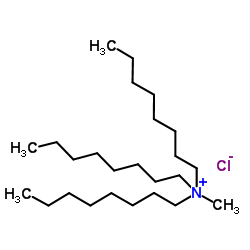
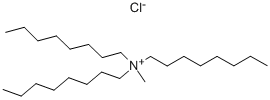
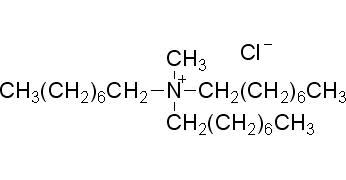
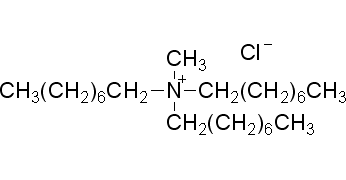

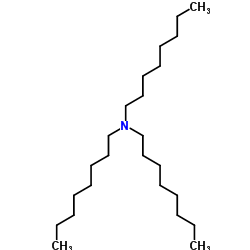
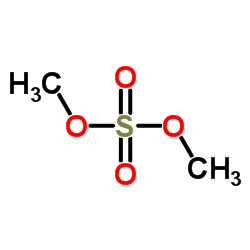
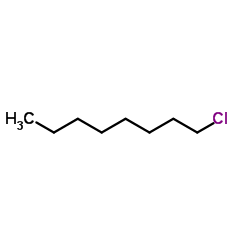


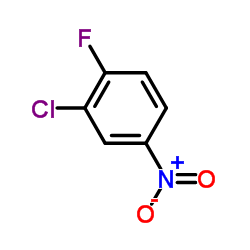
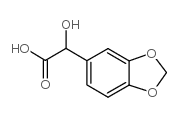
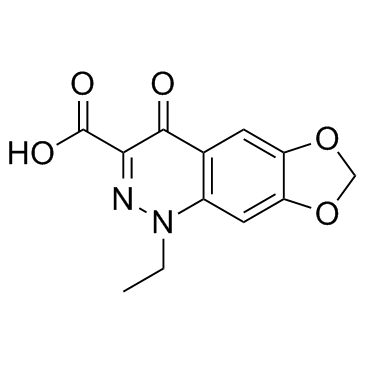
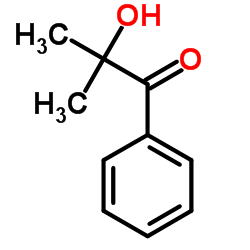
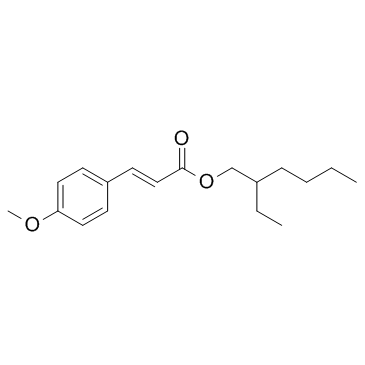
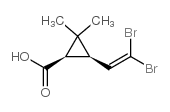

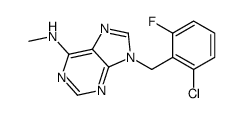

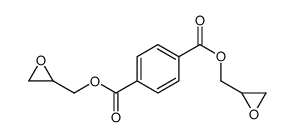





 浙公网安备 33010802013016号
浙公网安备 33010802013016号